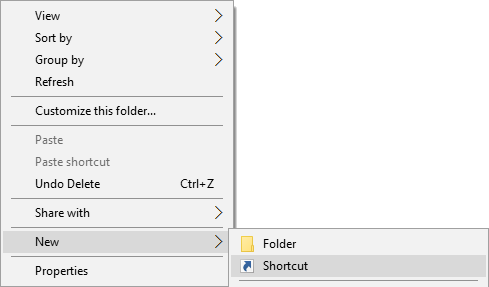

Jul 16 19:52:58 ubuntu syncthing: INFO: Detected 1 NAT service Accessing Syncthing UI on Ubuntu 22.04|20.04|18.04 Jul 16 19:52:43 ubuntu syncthing: INFO: quic://0.0.0.0:22000 detected NAT type: Not behind a NAT Please consider using a normal user account. Jul 16 19:52:43 ubuntu syncthing: WARNING: Syncthing should not run as a privileged or system user. Jul 16 19:52:43 ubuntu syncthing: INFO: My name is "ubuntu" Jul 16 19:52:43 ubuntu syncthing: INFO: Access the GUI via the following URL: Jul 16 19:52:43 ubuntu syncthing: INFO: GUI and API listening on :8384


Jul 16 19:52:43 ubuntu syncthing: INFO: Relay listener (dynamic+) starting Jul 16 19:52:43 ubuntu syncthing: INFO: TCP listener (:22000) starting Loaded: loaded (/etc/systemd/system/ disabled vendor preset: enabled)Īctive: active (running) since Thu 19:52:42 CEST 2min 28s agoĬGroup: /system.slice/system-syncthing.slice/
SYNCTHING ON WINDOWS UPDATE
You can as well replace 192.168.1.20 with your system IP address then update Systemd service list: sudo systemctl daemon-reload Since Ubuntu 18.04+ comes with systemd, we can create systemd unit files to manage syncthing service. Service files for systemd are provided by Syncthing and can be found in etc/linux-systemd sudo vim /etc/systemd/system/ ĭescription=Syncthing - Open Source Continuous File Synchronization for %IĮxecStart=/usr/bin/syncthing -no-browser -gui-address="0.0.0.0:8384" -no-restart -logflags=0 Now that we have syncthing installed, let’s proceed to the configuration section. Once installed, check version: $ syncthing -version
SYNCTHING ON WINDOWS INSTALL
Then update system and install syncthing package: sudo apt update When GPG Key has been added, create repo content: echo "deb syncthing release" | sudo tee /etc/apt//syncthing.list


 0 kommentar(er)
0 kommentar(er)
